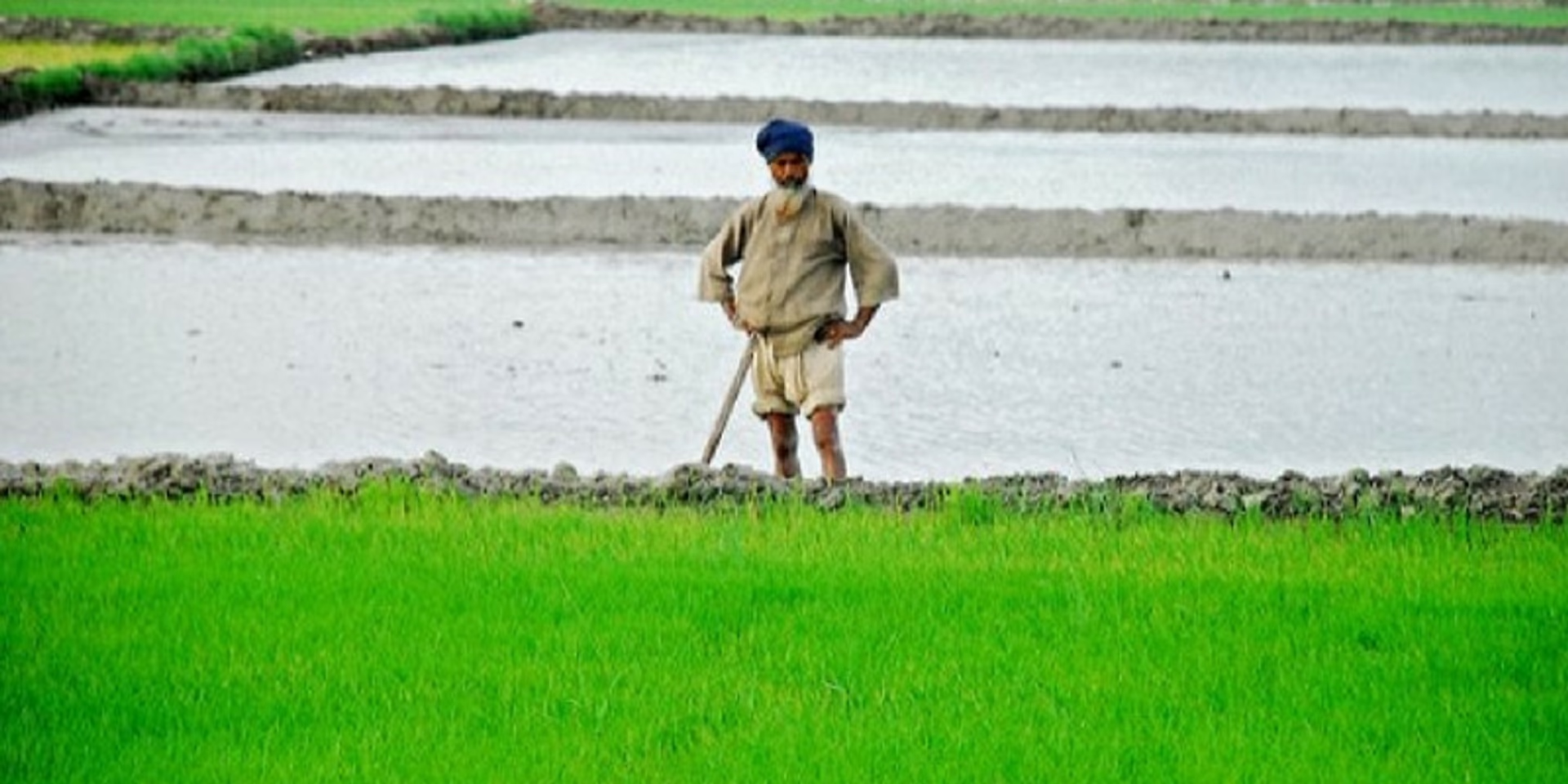Rice is more than just a staple food in India — it’s a cultural symbol and a major export commodity. Let’s explore the fascinating journey of Indian rice from lush paddy fields to kitchens around the world.
1. Cultivation in Fertile Fields
India’s diverse agro-climatic zones make it ideal for growing multiple rice varieties. Farmers carefully plant and nurture rice paddies during the monsoon season, using traditional knowledge and modern techniques.
2. Harvesting and Processing
After 4–6 months, mature rice is harvested, threshed, and dried. It undergoes processes like milling, polishing, and sorting to produce different types such as white rice, brown rice, steamed, or parboiled rice.
3. Quality Checks and Grading
To meet global standards, rice is subjected to stringent quality checks. Grains are graded based on size, texture, and purity to ensure consistency and excellence.
4. Packaging and Export
Rice is carefully packed in moisture-resistant bags and prepared for export. With India being one of the world’s largest rice exporters, Indian rice reaches over 150 countries through established shipping routes.
5. Global Culinary Delight
Indian rice graces tables worldwide — from Basmati in Middle Eastern dishes to long-grain rice in African cuisines — showcasing India’s agricultural excellence.


